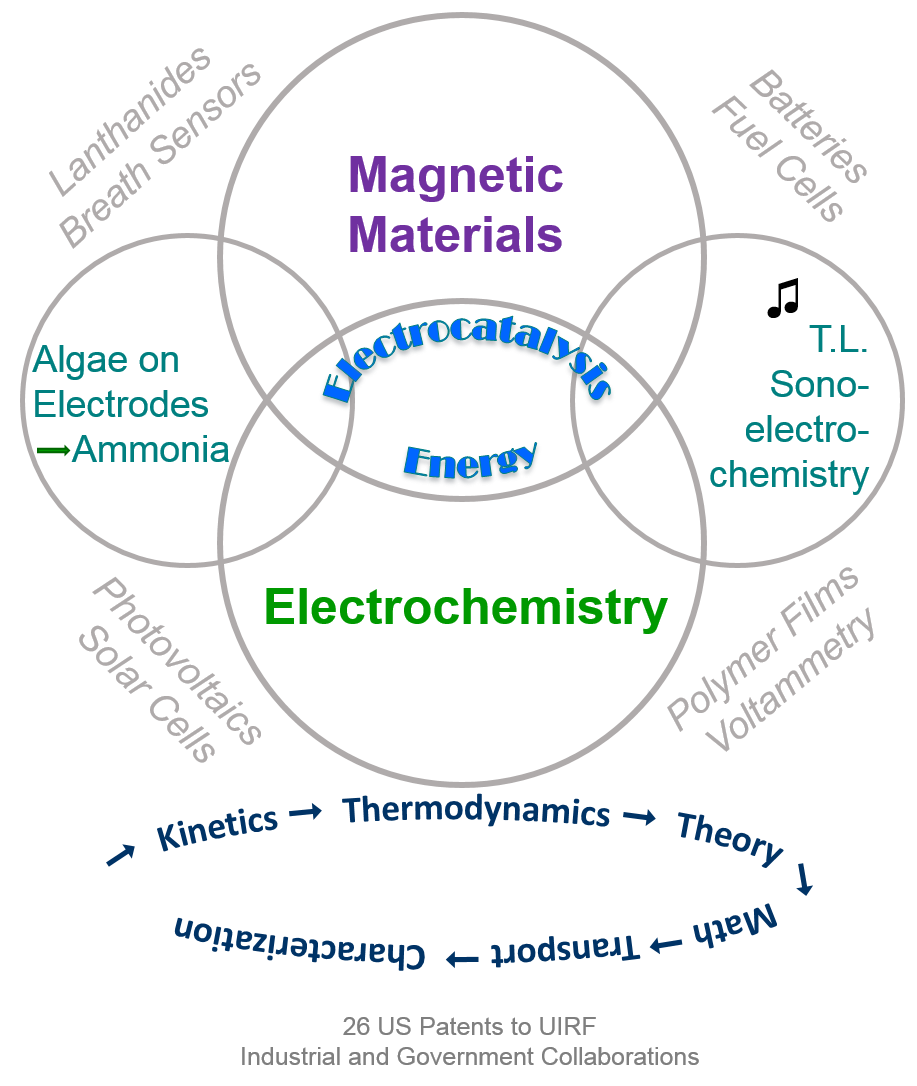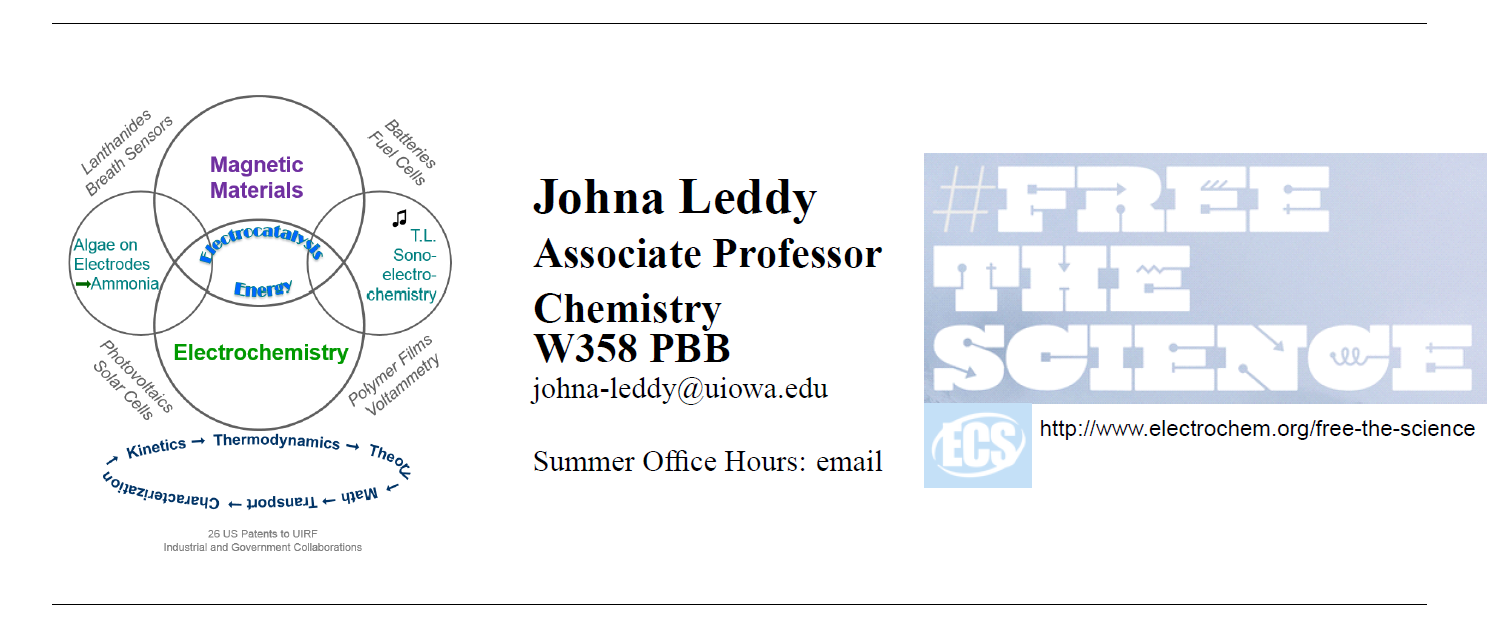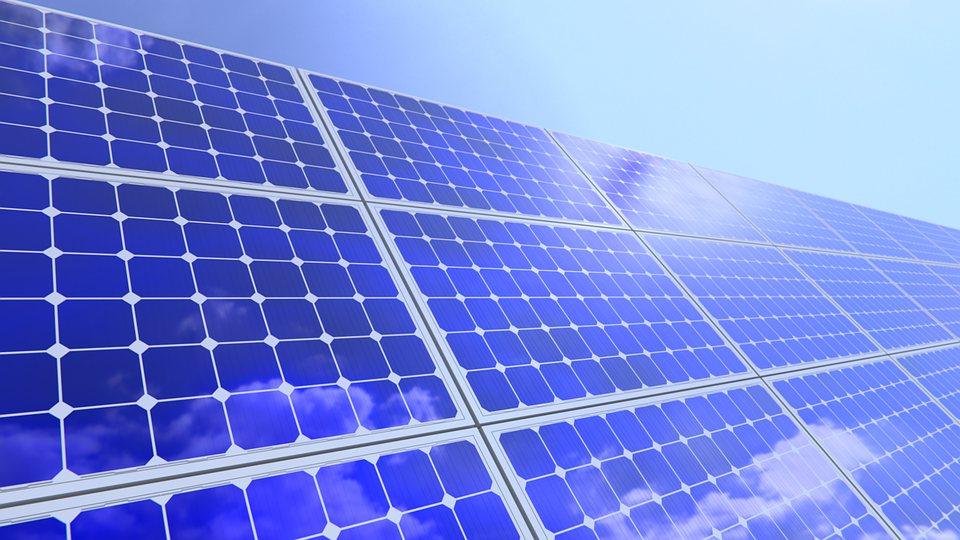 Many scientists believe we’re at the tipping point of our energy technology future. With the advancement of new, alternative energy sources, some are left to wonder what will happen to the energy landscape as a whole.
Many scientists believe we’re at the tipping point of our energy technology future. With the advancement of new, alternative energy sources, some are left to wonder what will happen to the energy landscape as a whole.
While nuclear power has energized much of the world over the past 50 years, the establishment of new nuclear power plants has been nonexistent in recent times in light of other alternatives such as solar and wind. Now, with California phasing out its last nuclear power plant in Diablo Canyon, many are left to wonder just what role nuclear will play in the future of energy.
A turning point
During the oil crisis of the 1970s, global conversations about the future of energy production began to hit the mainstream. If fossil fuels don’t warrant consistent dependency, how would the U.S. power future generations? The answer: nuclear.
“At that time we were thinking we’d build up these nuclear power plants everywhere and they would provide free electricity because it would just be too cheap to meter,” ECS Secretary Jim Fenton previously told ECS.
The thought was nuclear could provide such cheap and plentiful amounts of energy that not only would it be free to the consumer, but there would be an overproduction. This encouraged new research in devices such as flow batteries to store this excess energy.
But those expectations turned out to be wrong.


 Nomination Deadline: September 1, 2016
Nomination Deadline: September 1, 2016






